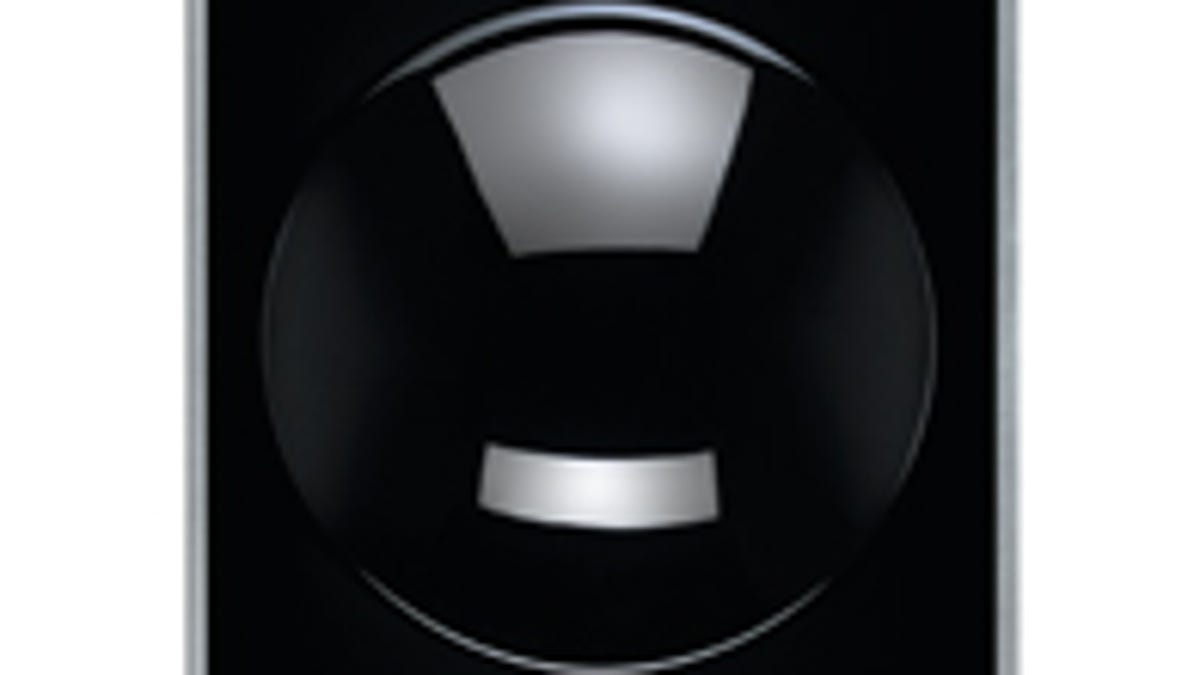Using induction in the search for the perfect wok
De Dietrich introduces induction wok hob.

I am a known destroyer of all things wok. Be it trying to coax a meal out of a cheap offering or trying to keep a nonstick version from sticking, I have definitely had my moments of being wok-challenged. Kitchen disasters have taught me many wok lessons. The most important being that wok cooking is all about fast, high heat. To that end I crank up my gas burner as hot as it will go whenever I'm in the mood for a stir-fry. However, with my standard consumer stove, the results never seem to get quite hot enough.
This wok hob from De Dietrich utilizes induction technology. When an iron or steel wok is placed on top, it interacts with an electromagnetic field under the surface, which generates heat from the wok itself. As it is the actual vessel that heats up, instead of a burner, the hob surface remains cool--a trait in all induction cooktops. But is there enough power to generate high heat for a stir-fry?
My first reaction was that there was no way an induction-powered wok could be hot enough for real wok cooking. The unit is rated at 3.0 kW, while a typical gas stovetop may put out 10,000 BTU/hr. Just as we could say that driving 100 mph is the same as driving 160 kph, we can easily convert from one flow rate to another. By multiplying the 3.0 kW rating by 3,413 (the amount of BTU in 1 kWh) we get a rating of 10,239 BTU/hr--about the same as a typical gas stovetop. Therefore, no difference. Soggy stir-fry again. Except there is a big difference in that gas is horribly inefficient, while induction cooking is highly efficient--about 40 percent for gas and 84 percent for induction. So in practical terms, the wok hob should have about twice as much effective firepower than my gas-powered stovetop.
As a veteran wok-killer, I may have finally found the path to dinner enlightenment. All bad puns aside, it would seem that cooking by induction is certainly capable of attaining the high temperatures needed for proper wok cooking. Good news for my gas bill (not to mention my cookware) since my next step in the search for the perfect wok might have ended up utilizing a blast furnace.